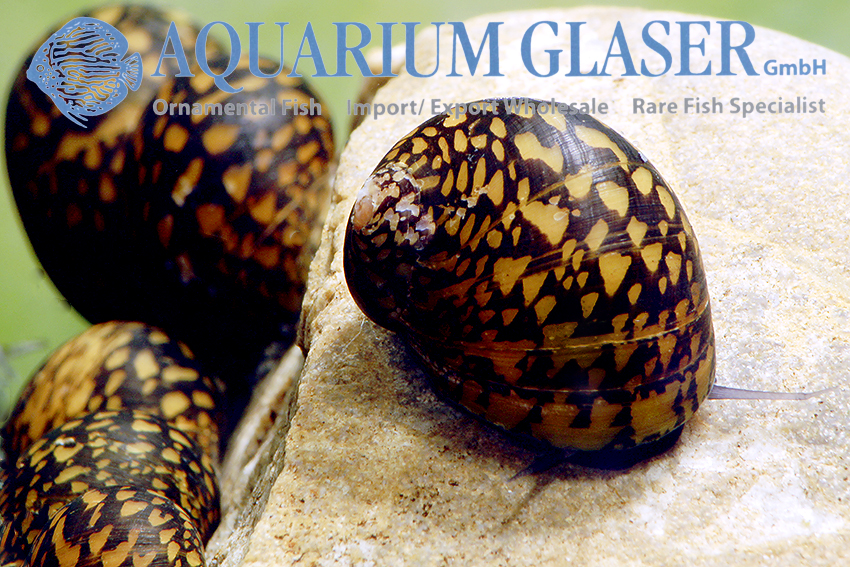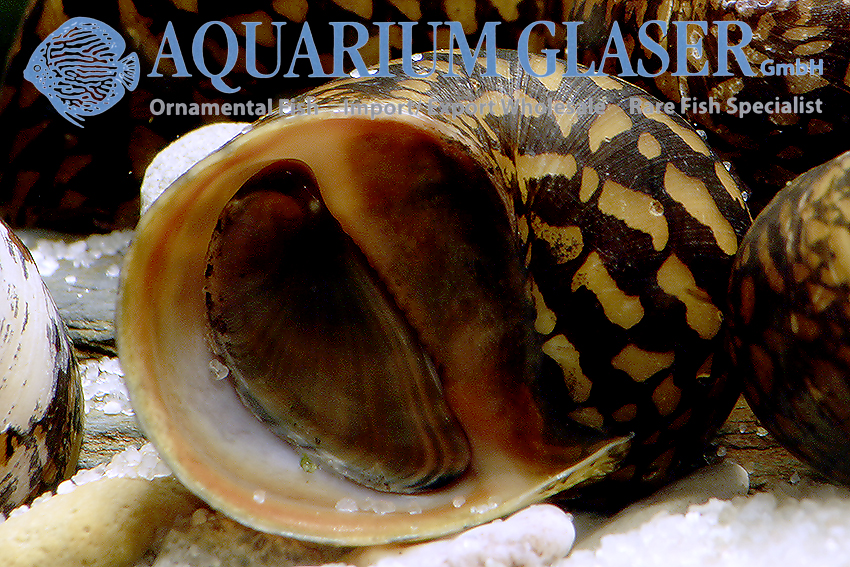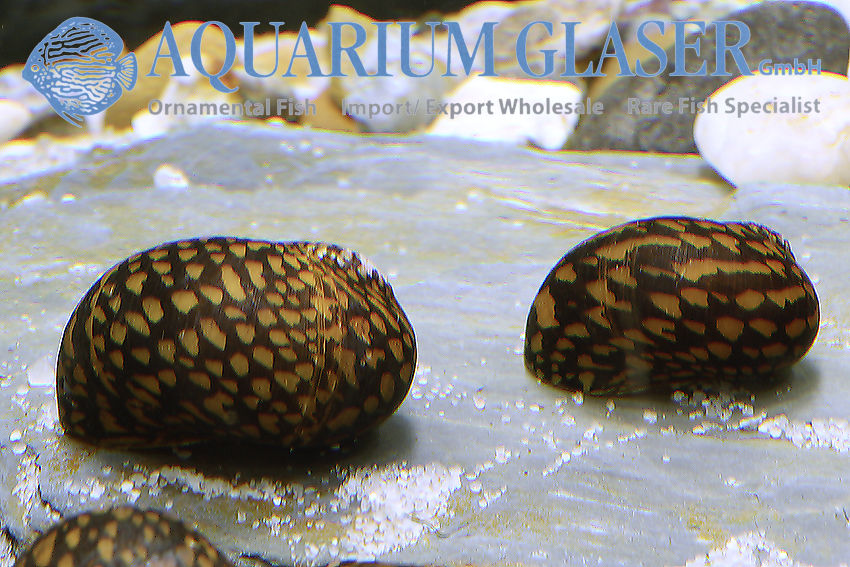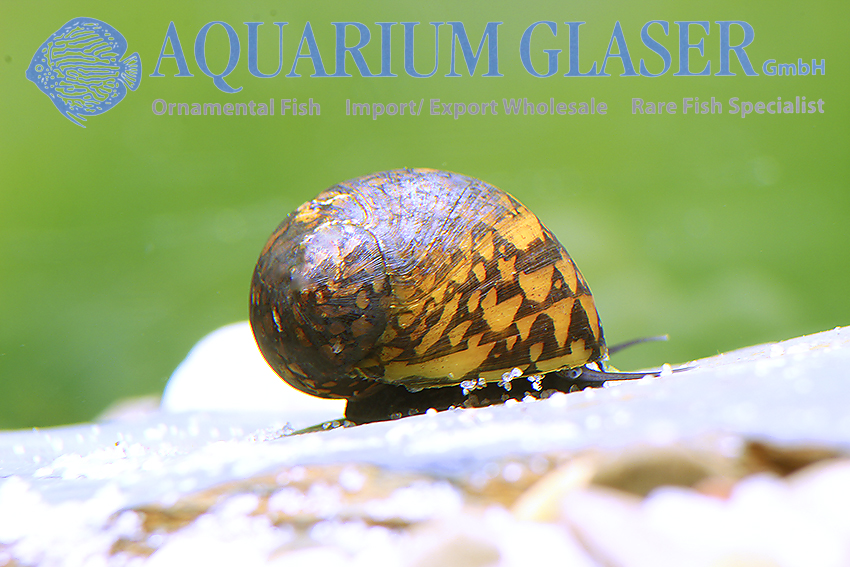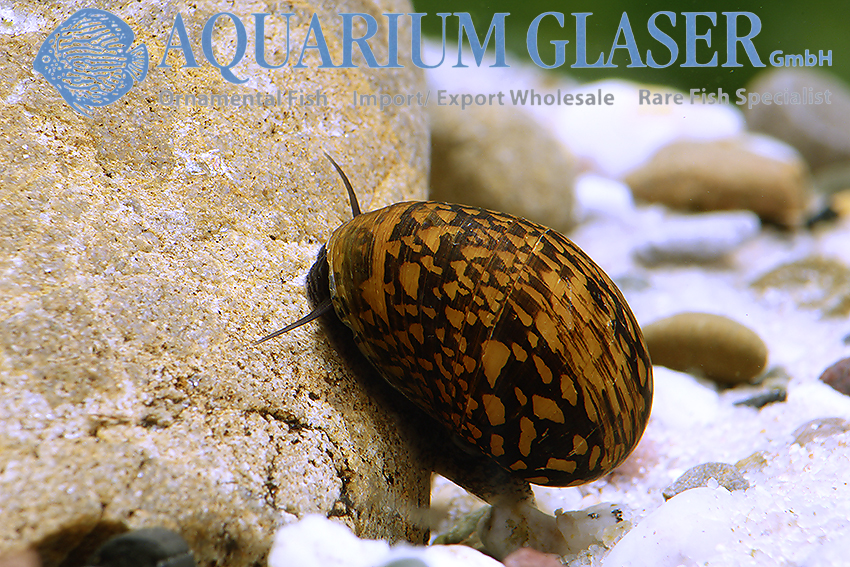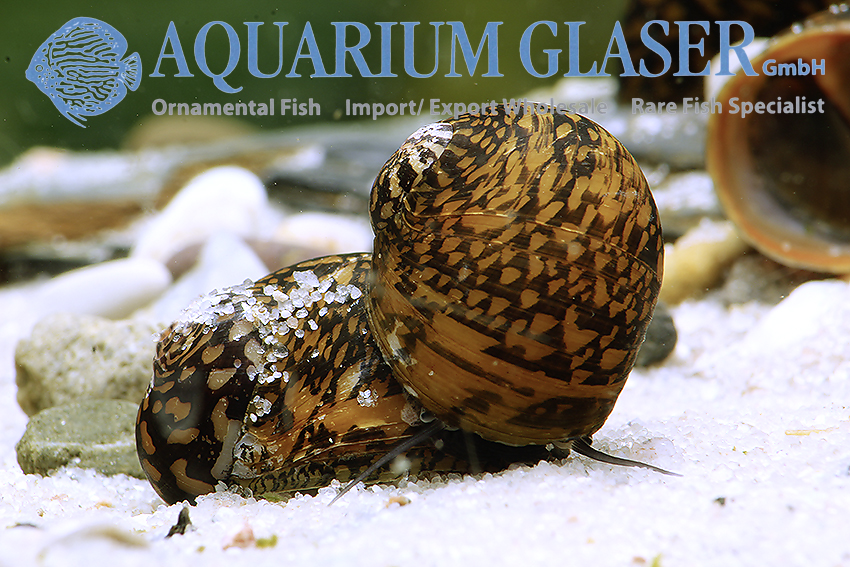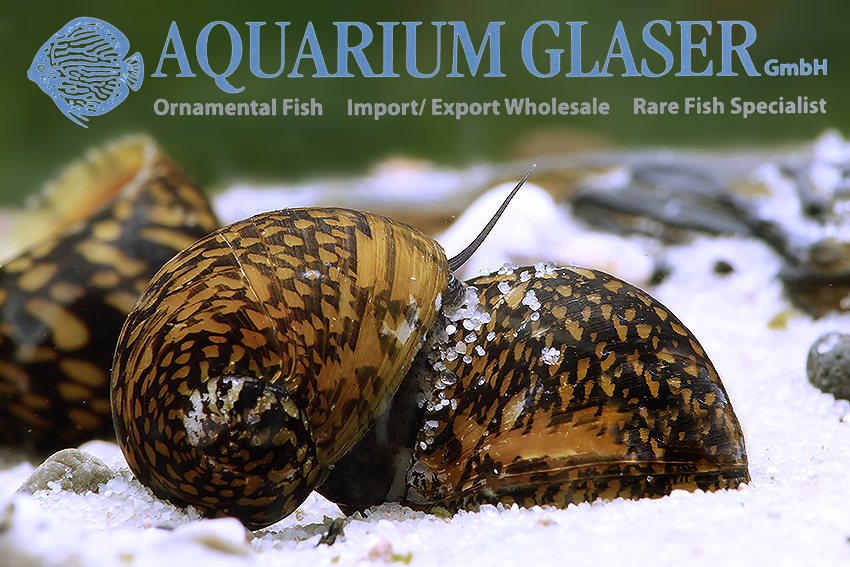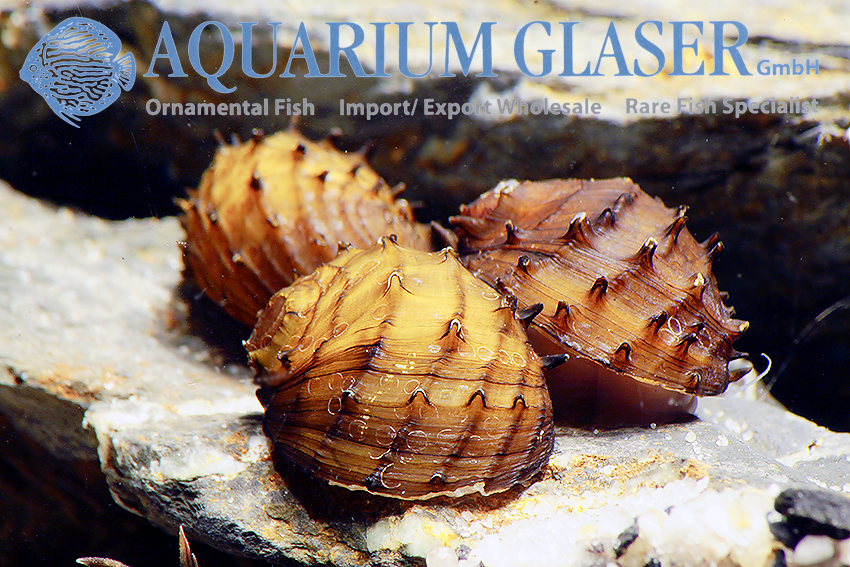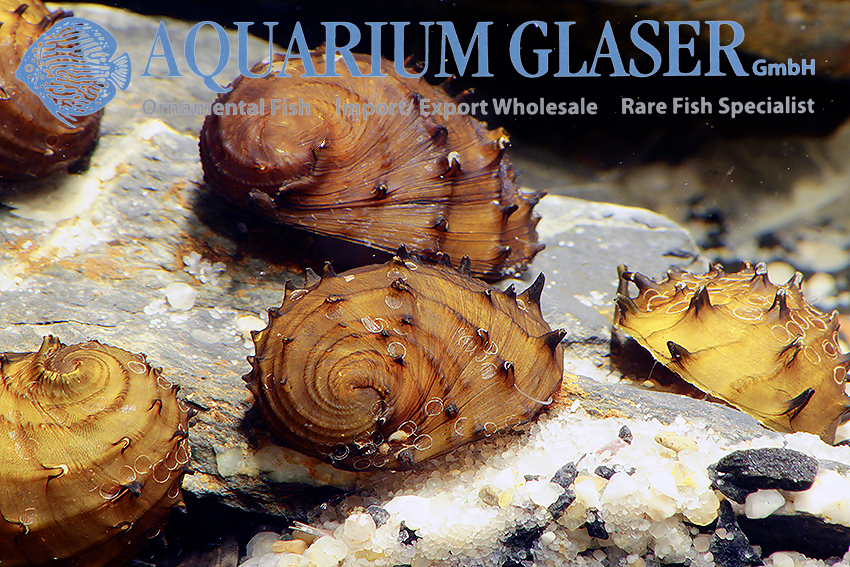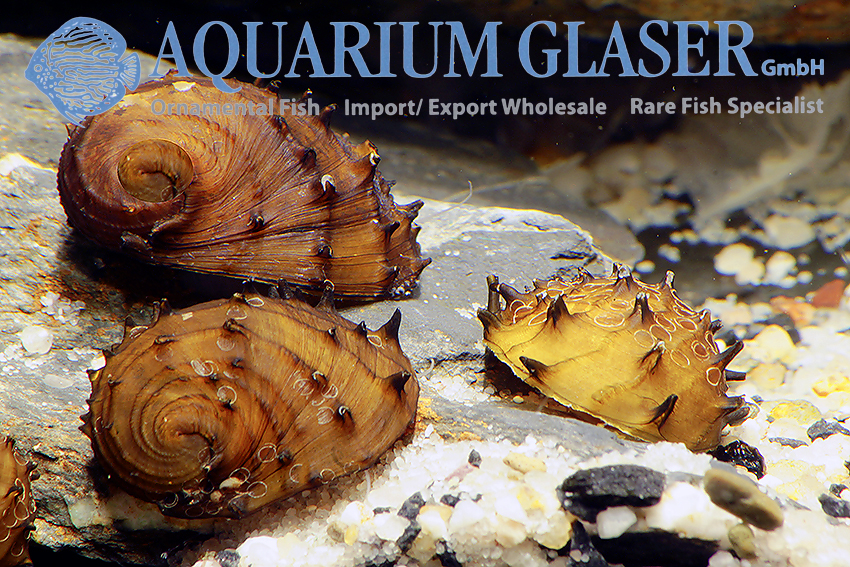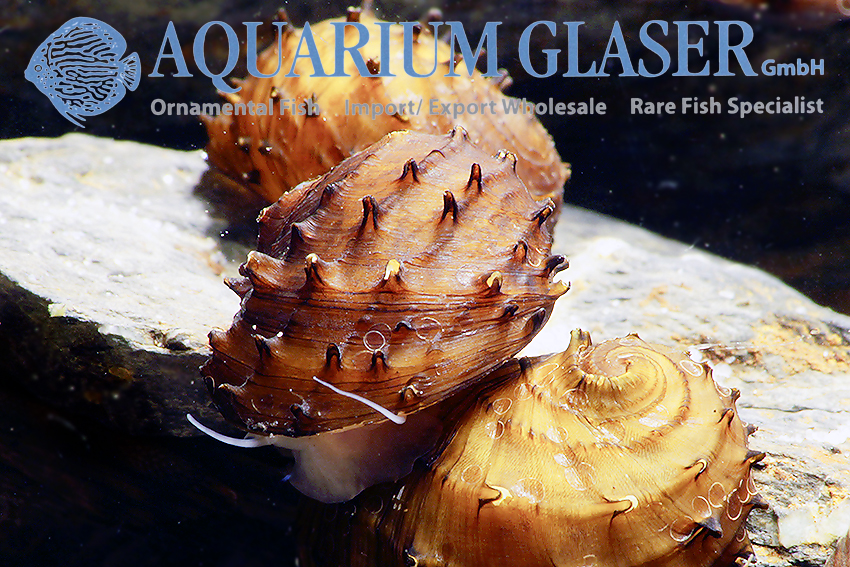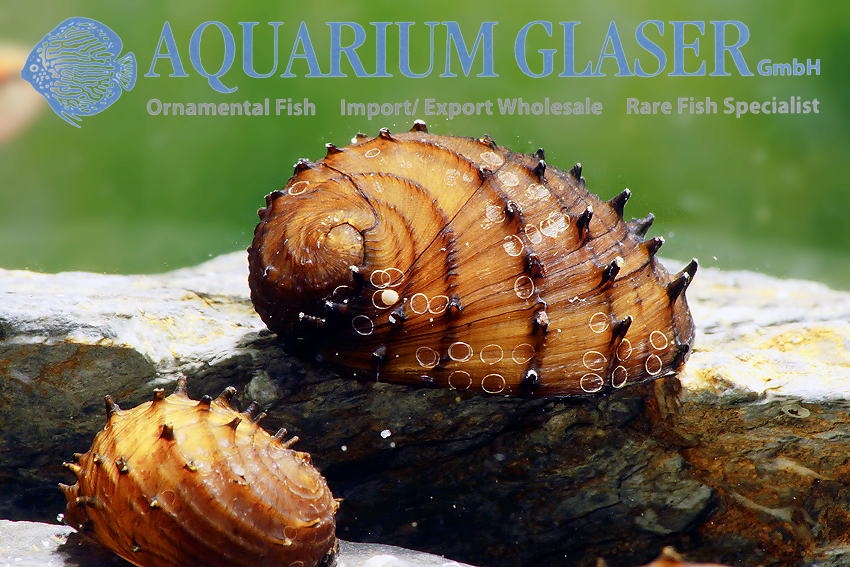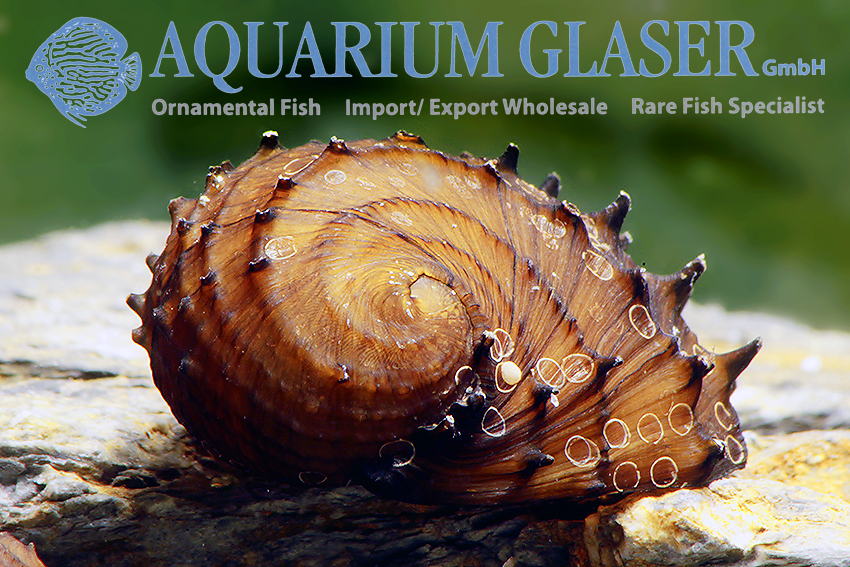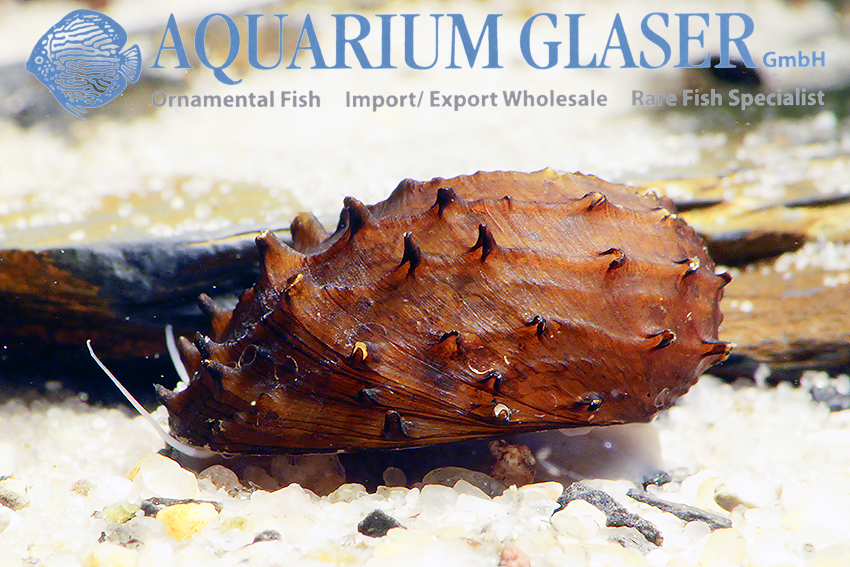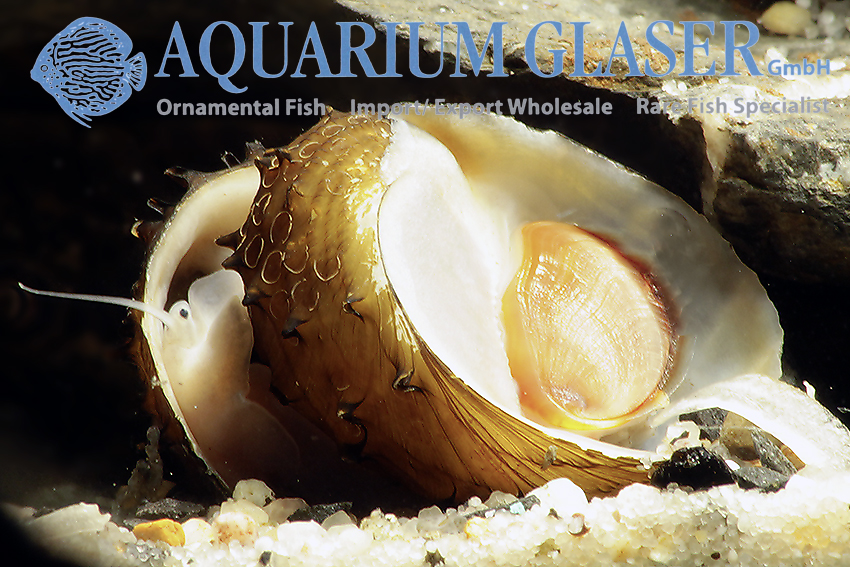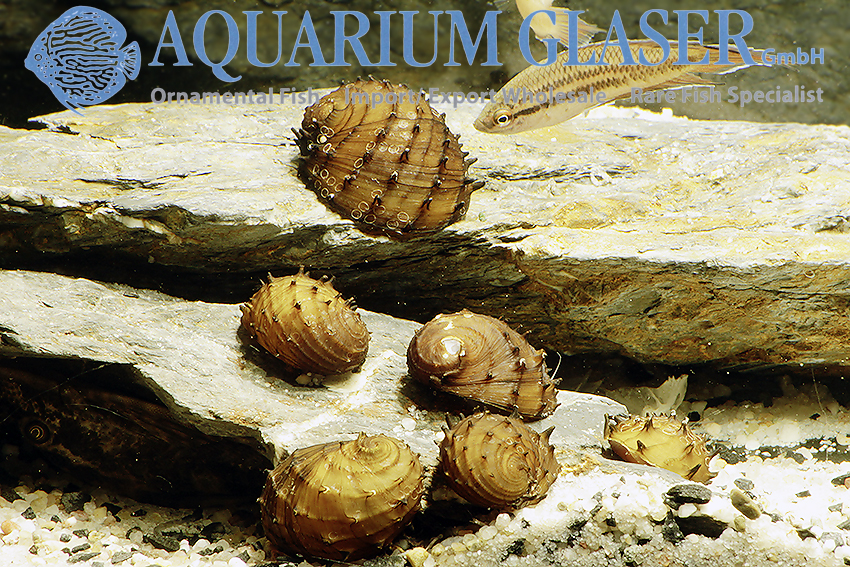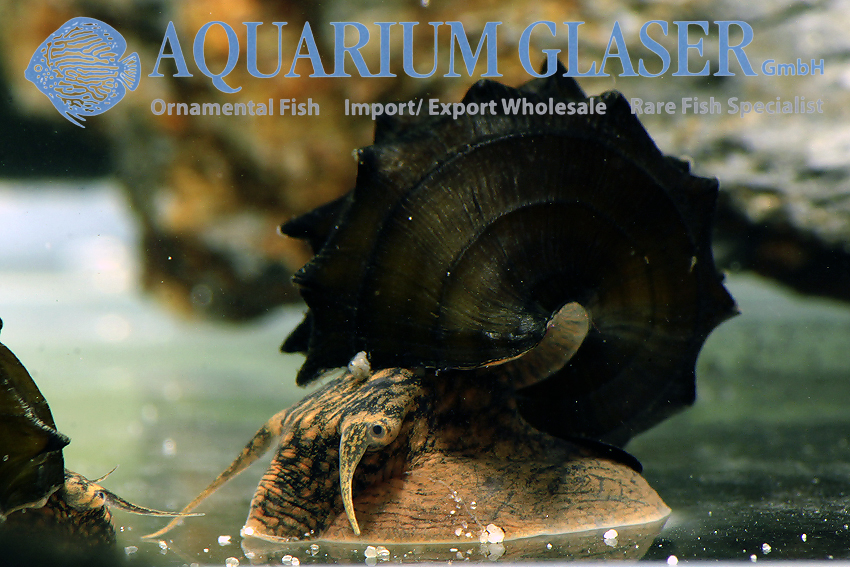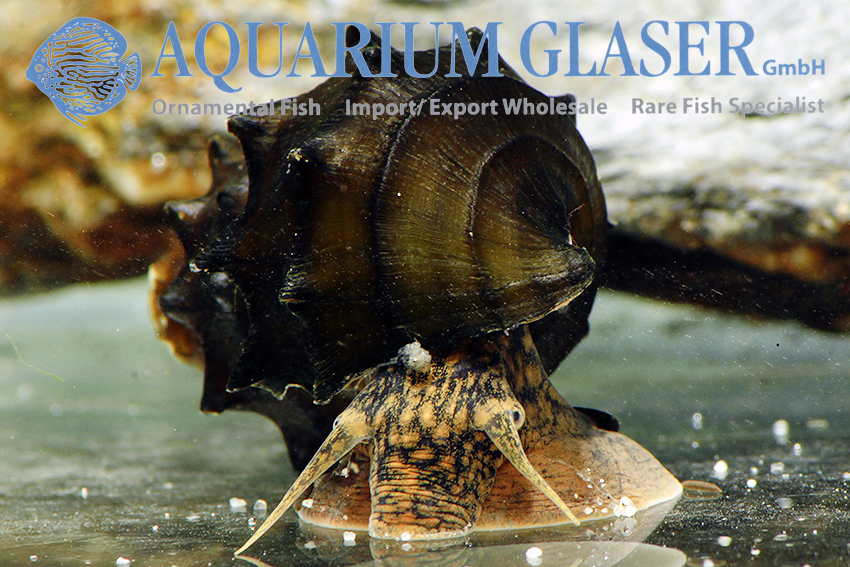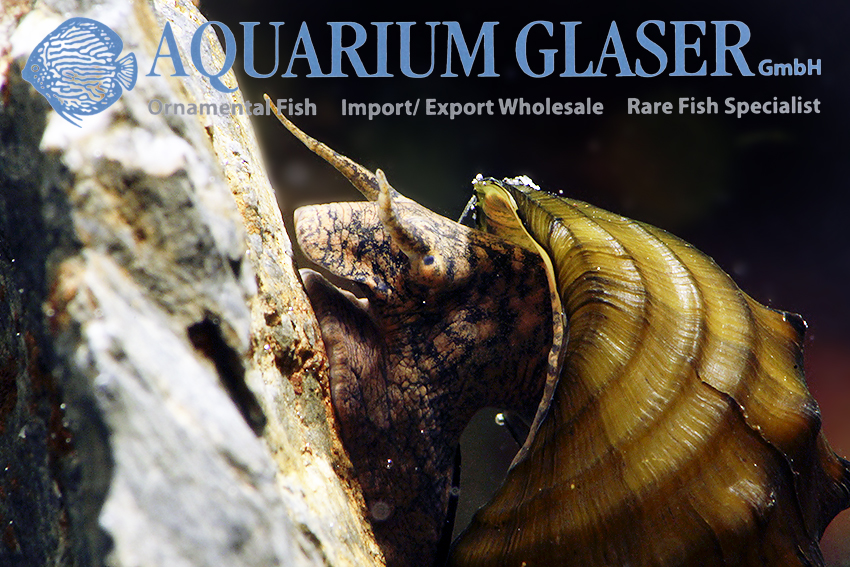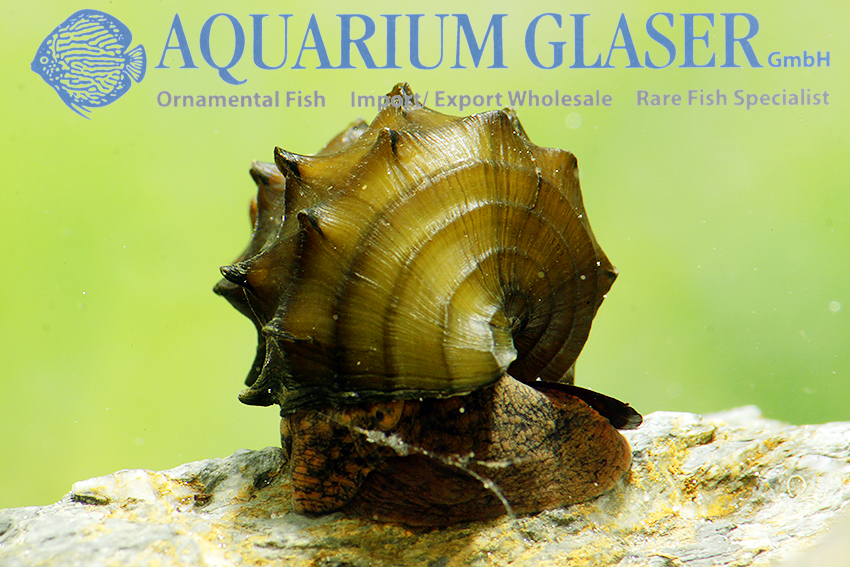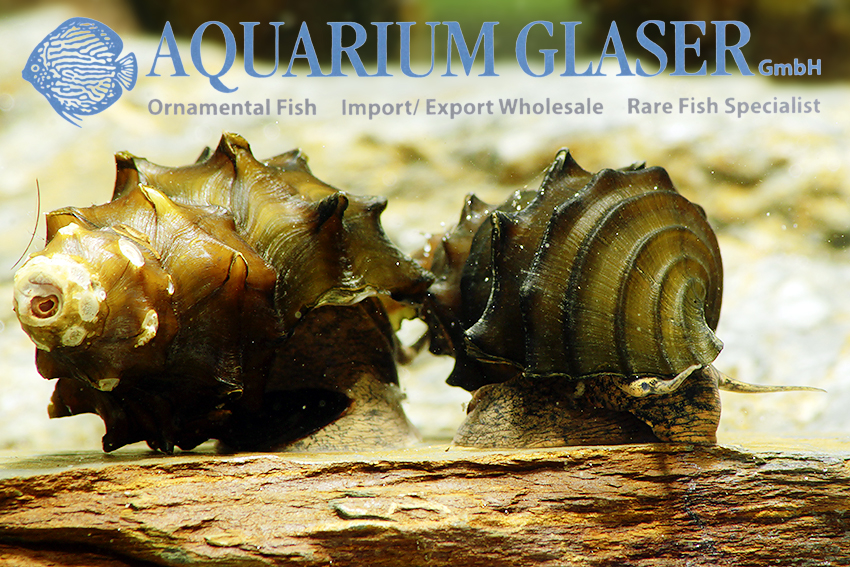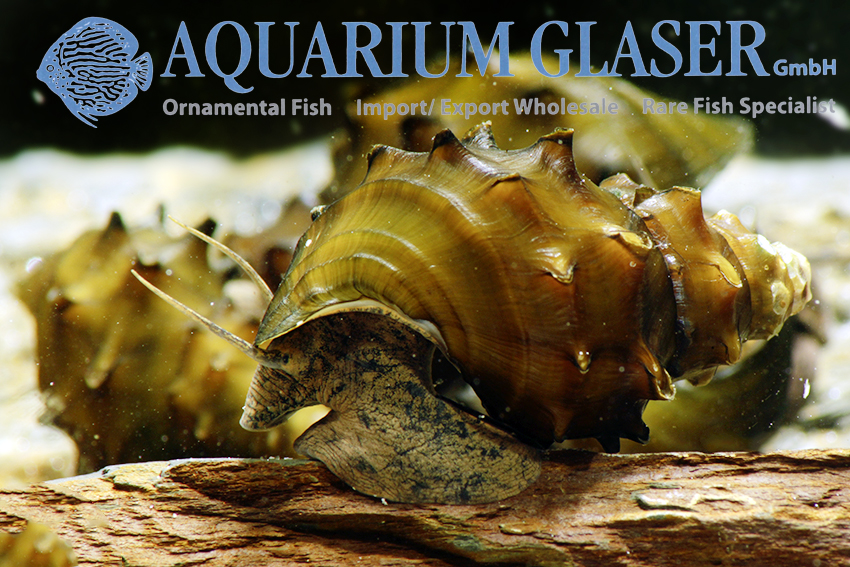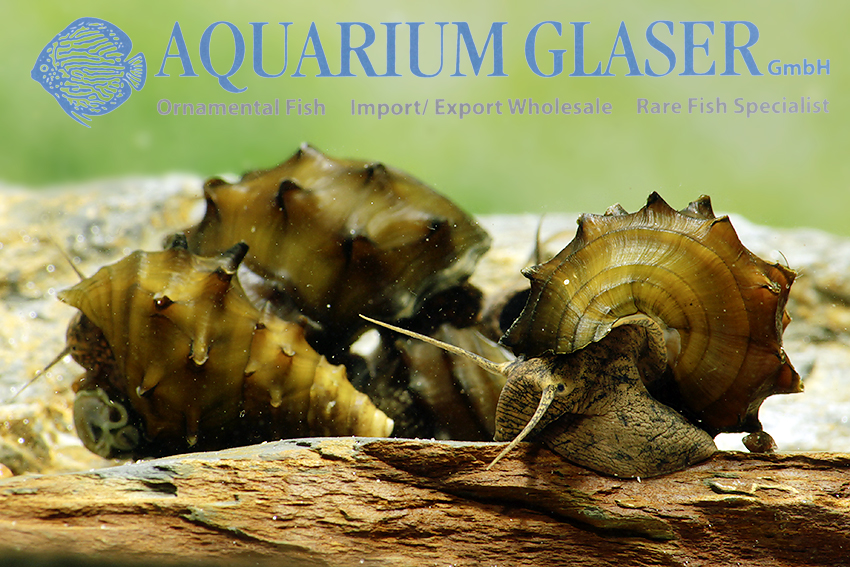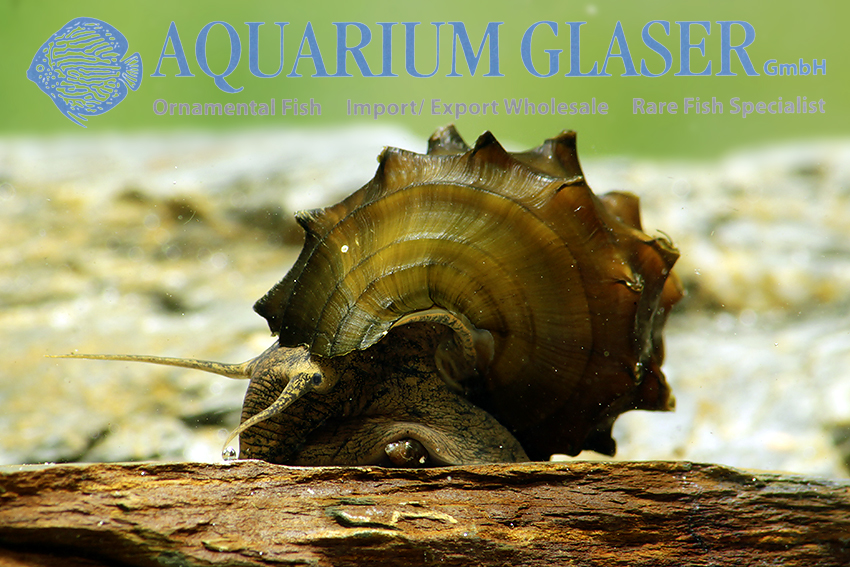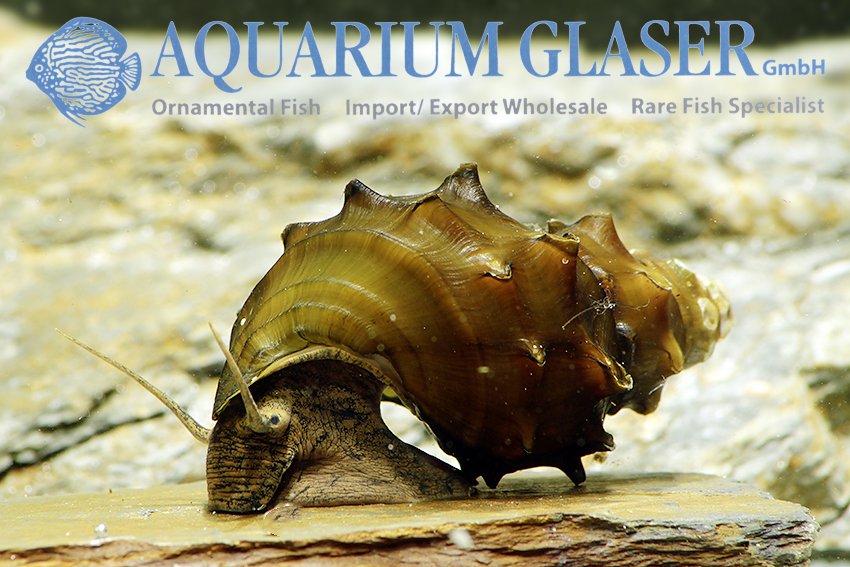From Thailand we have received pretty snails under the name Neritina coromandeliana. Whether such names are correct, we usually cannot decide, as we have only ichthyologists (= biologists specialized in fish) in our team. Many German snail experts believe that these animals, which are characterized by their zigzag pattern and yellow triangles on a dark brown background, are a colour form of N. turrita, the zebra racing snail, others call them Neritina variegata. Our Thai friend Kamphol U., a studied biologist, who is in constant exchange with the zoologists of the university in Bangkok, however, believes that our snails belong to the species Neritodryas cornea, and we trust in Kamphol.
This question is not that important, what is important is how to care for the snails. And there is the good news: the care of the various „racing snails“ does not differ much from each other. They are euryhaline animals that live in the mangrove along the coast and are exposed to pure seawater at high tide and pure freshwater at high and low tide. Many animals can also be found far inland in pure fresh water. However, the tidal influence is always noticeable, because the larvae of these snails can only develop in the sea.
The water in the aquarium should be not too soft, the pH should be around 7 (rather a little above than below), otherwise you cannot do much wrong. The snails are eager algae eaters, but can eat neither blue nor filamentous algae, only the algae films of green and brown algae that grow on the glasses and decoration. They also accept fish food (flakes, tablets). In the beginning these snails tend to “emigrate”, which is still an adaptation to ebb and flow in nature, therefore the aquarium must be covered very well and absolutely gapless.
For our customers: the animals have code 485481 on our stocklist. Please note that we only supply the wholesale trade.
Text & photos: Frank Schäfer





